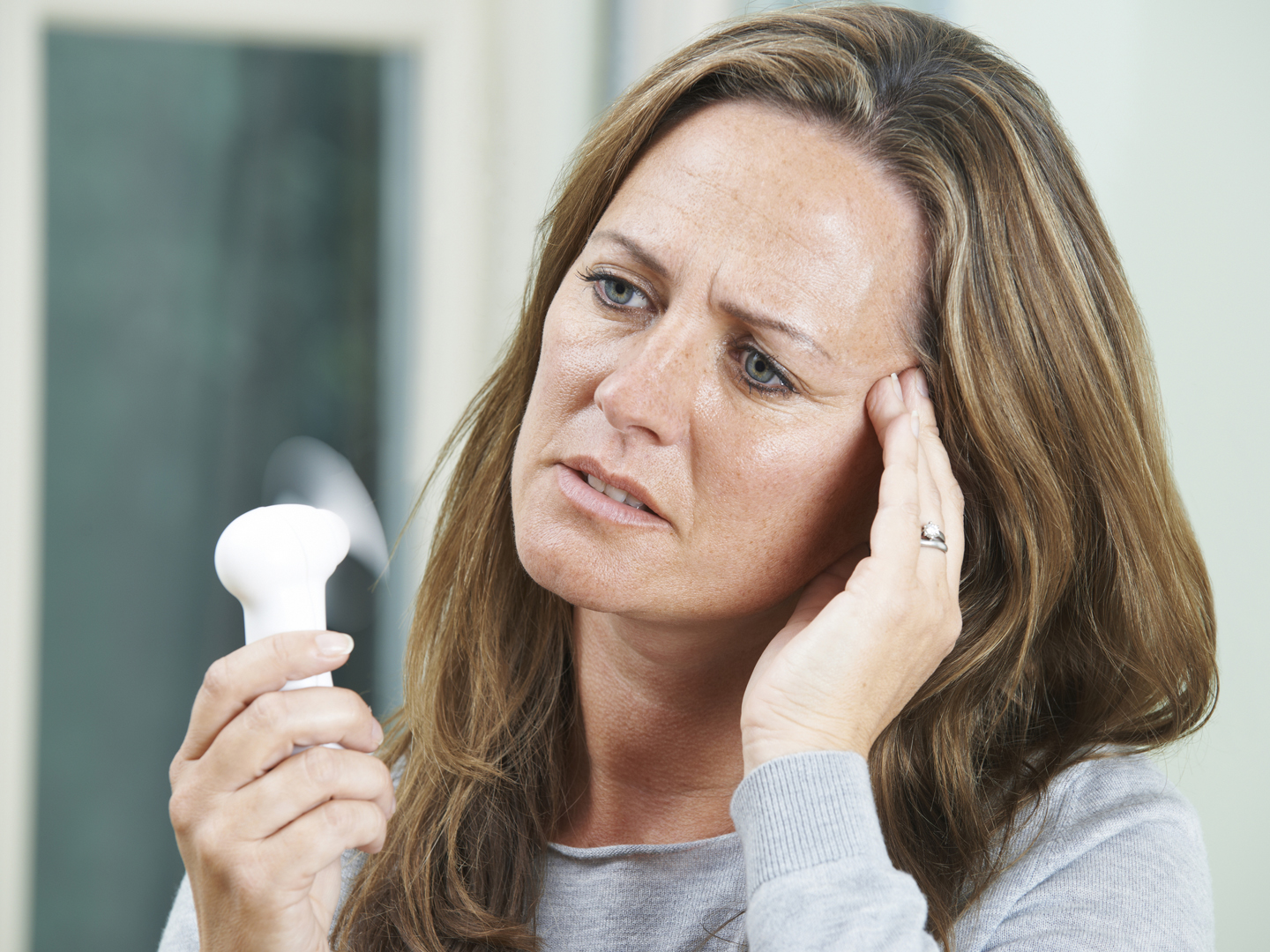Fibroids: Is Food a Factor?
I’ve read that fibroid tumors are more common among black women than white women. Did the study that determined this look at dietary factors?
Andrew Weil, M.D. | June 9, 2003

Fibroid tumors of the uterus are non-cancerous growths affecting up to 70 percent of women of reproductive age. Many are very small and cause no problems, but some can grow quite large, stretching the uterus to the size of a six-month pregnancy. While most fibroids require no treatment, these growths can cause heavy menstrual bleeding, pain or infertility and are the most common indication for hysterectomy in the United States.
The fact that fibroids are more common among African American women has long been recognized, but no one knows why or what causes these growths. However, last year researchers discovered 145 genes involved in the development of fibroids. Surprisingly, three of these genes are passed from father to daughter.
We’ve always suspected that there was a hereditary aspect to fibroids since they tend to run in families, but the new genetic discoveries eventually will tell us more about how these growths begin and how they develop. The hormones estrogen and progesterone are believed to help foster fibroid growth, but no one knows what triggers the process. Of the 145 genes, some appear to play an active role in fibroid growth while others seem to contribute to normal uterine function. Researchers are now studying the genes to see if one is a "master regulator" of tumor growth. Once they figure out how the genes interact to promote fibroids they may be able to develop treatments to shrink the growths.
Clearly, fibroid development is quite complex. While diet may play some role, it probably does so only insofar as it contributes to the amount of estrogen circulating in your body. If you’re overweight, losing weight may help since estrogen is also produced in body fat. Similarly, minimizing consumption of foods containing added hormones (usually estrogens) may help. These include beef and full-fat dairy products unless you’re sure they’ve been produced organically. Other suggestions for the treatment of fibroids include:
- Eating a low-fat diet
- Increasing aerobic exercise
- Taking 400 IU of natural vitamin E twice daily (or 80 mg of mixed tocopherols and tocotrienols once a day)
- Using visualization exercises such as guided imagery to focus on decreasing the size of the growths
Andrew Weil, M.D.
Dosage Update, October, 2004
In order to provide the most up-to-date health information, I review my recommendations on a regular basis. As the fields of nutrition and health advance, my recommendations will change to reflect the best science and new findings. My recommendations for daily vitamin E are to take 400-800 IU of natural mixed tocopherols, or at least 80 mg of natural mixed tocopherols and tocotrienols.










